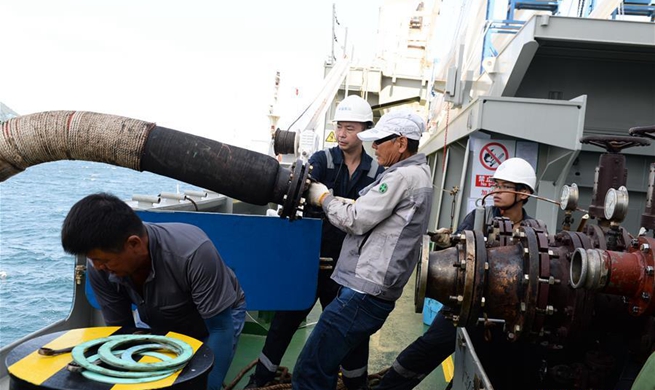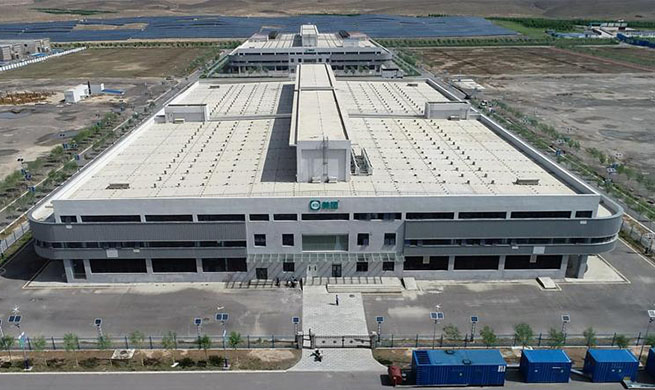PRAGUE, Aug. 7 (Xinhua) -- A group of Czech scientists led by Martin Odler from the Faculty of Arts of Charles University (FF UK) have discovered that many objects produced in ancient Egypt contain lead imported from Anatolia.
The study was published in the Journal of Archeological Science, said FF UK spokesman Petr Kukal on Monday.
Physicists who took part in the research proved the Anatolian origin of the lead contained in various Egyptian vessels.
Odler focused on 22 objects currently housed in the Egyptian Museum of Leipzig University in Germany. The objects were found in Abusir, Abydos and Giza, Egypt and brought to Europe by German and British scientists at the beginning of the 20th century. They were made of copper, but contained traces of lead linked to specific locations.
According to the scientists, the manufacturing processes of the 22 objects were similar to all artifacts: casting and annealing to the final shape, pure copper with admixtures and copper arsenic.
The expected presence of ore from Sinai, a frequent destination of Egyptian expeditions, which were also leaving well-known rock inscriptions there, was proven. An appreciable amount of the ore originated in the Egyptian Eastern Desert.
The most interesting evidence was from a large bowl from Abusir. It comes from a tomb from the First Dynasty and dates back to the end of the 4th millennium BC, and was brought to Europe by the German Egyptologist Georg Steindorff.
Apart from containing lead from Anatolia, the copper ore used as its raw material also contained arsenic and nickel. The latter was rare in Ancient Egypt but common in contemporary Anatolia. The bowl was made by Egyptian blacksmiths, the ore or ingots used for its production came from Anatolia.
Egyptologists said the discovery did not prove a direct contact between the cultures, since the raw materials could reach Egypt through a number of intermediaries.
Nevertheless, it proves how far metals traveled in the Middle East as early as the 3rd millennium BC and that Ancient Egypt was involved in this exchange already in an early period of its history.
















